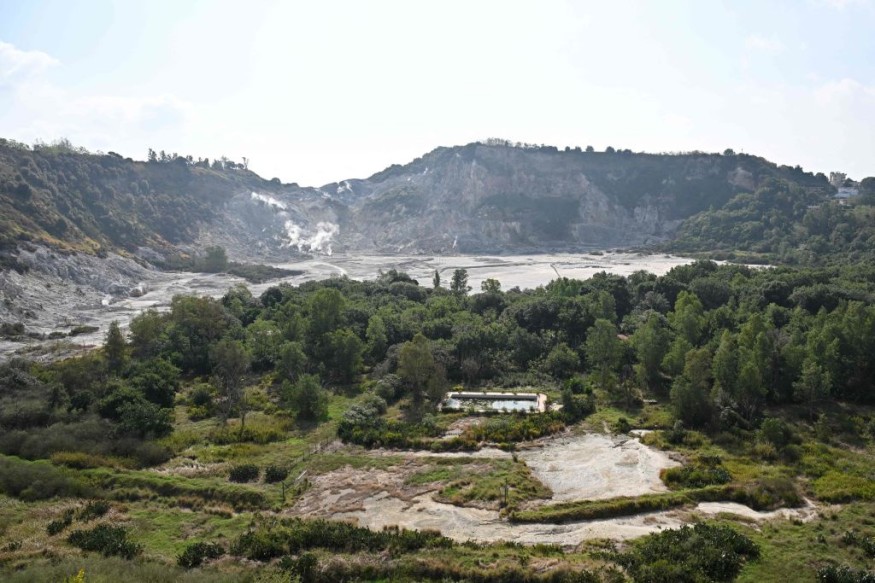
Experts said that a magnitude 4.0 earthquake hit the south of Naples, Italy. The National Institute of Geophysics and Volcanology said that the latest earthquake transpired after the volcanic region saw its strongest earthquake in 40 years. This was the earthquake, a magnitude 4.2, which happened on September 27.
The quakes happened in Campi Flegrei, which is also known as the Phlegraean fields. The field is a volcanic area that encompasses multiple ancient volcanoes that date back 39,000 years. Authorities said that some half a million residents live in the regions surrounding the areas.
Dozens of Tremors in Naples
The powerful earthquake last month was even felt as far away as Rome. Following this, dozens of tremors have been felt in the past week and this phenomenon has already brought fears and concerns that a devastating eruption could happen on the horizon.
The recent earthquake caused panic among locals, prompting some of them to stay in the streets. Officials said that the Italy's fire brigade has assessed that there was slight damage to buildings in the latest earthquake. Fortunately, no people has been injured.
Authorities from the INGV has called on the officials from Naples to enforce evacuation measures among the residents who are situated closest to the volcanic area.
Experts further urged authorities to check the places that are considered most vulnerable to underlying structural damage from the rising soil. They noted that most of the structures in question have been built and established in the past 20 years.
Studies said that the Caldera-wide ground movement and local seismicity are key measures of Campi Flegrei's proximity to bulk failure. These measures describe changes in the stress applied to the crust by subsurface pressurisation.
Read Also : Biggest Earthquake in 40 Years Strike Italy's Campi Flegrei, Alarming Experts of Repeated Seismic Activity
Volcano's Breaking Point
A study conducted by the Italy's INGV and University of College London (UCL) indicated that the volcano was edging towards "breaking point," noting that it was already at an "extremely dangerous state."
Scientists earlier said that a rupturing sequence has been developing across four episodes of ground uplift at Italy's Campi Flegrei caldera: in 1950-1952, 1969-1972, 1982-1984 and since 2004. They predicted in 2016 that the approach to rupture would continue after an additional uplift of 30-40 cm at the location of largest movement.
Experts already raised the possibility that the caldera's movements could rupture its crust.
However, they pointed out that there has been no concrete reason to anticipate a traditional volcanic eruption involving lava outflow.
"The seismic activity has been intensifying for months. We have observed over 3,000 tremors since the start of 2023. Only 65, however, were above a 2.0 magnitude," Gianfilippo De Astis, senior researcher at INGV, said in an interview.
Studies have shown that Campi Flegrei's unrest represents a perturbation from its equilibrium dynamic state of background subsidence.
The City of Naples is defined as surrounded by volcanoes on both sides: Campi Flegrei to the west, and Mount Vesuvius to the east.
Research has shown that Mount Vesuvius has been known around the world for having destroyed the ancient cities of Pompeii and Herculaneum when it erupted in 79 AD.
Related Article : Campi Flegrei Volcano in Italy Likely to Erupt After Being Restless for Over 70 Years [Study]
Related Video:
© 2025 NatureWorldNews.com All rights reserved. Do not reproduce without permission.





